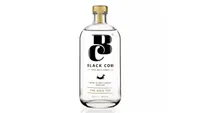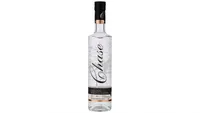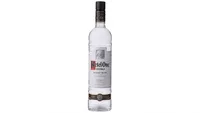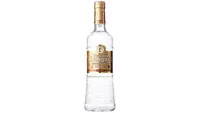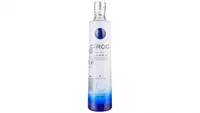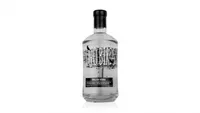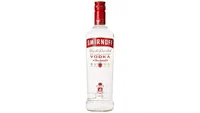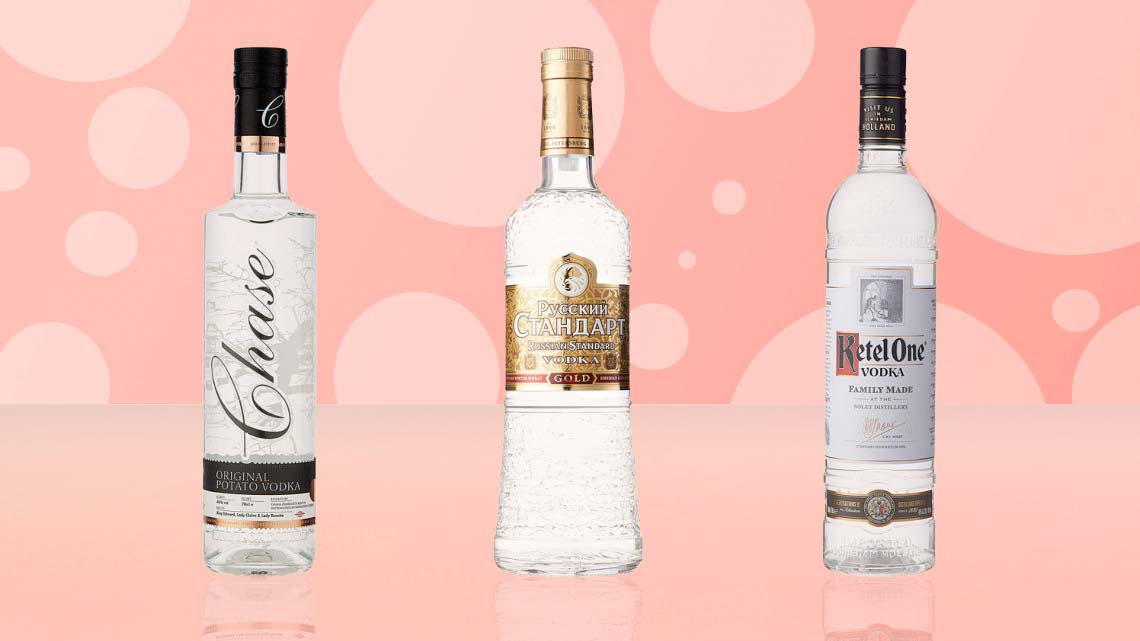
There's nothing simple about vodka, so choosing the best vodka is certainly not as clear cut as it looks.
Yes, gin may be the drink that captures the current love-in for small distilleries and varieties of flavours, but now is time to celebrate its not-so-distant cousin, vodka. Rather than having to navigate those complex botanical flavours in a cocktail, vodka is far more forgiving. It adopts the taste of other ingredients and gives iconic drinks such as Moscow Mules their essential kick.
While vodka might be filtered to be colour, aroma and flavour-light, as it can be made from different ingredients using various methods, one vodka bears little resemblance to another.
Some makers focus on preserving the taste of the base ingredients while others the flavour of the final spirit. This means that you'll find vodkas that are pleasingly smooth, or those that have a sweet or salty finish.
Pop a bottle in the freezer for a few hours and it'll taste different again. So put your best gin back in the cupboard and make time to become reacquainted with the very best vodkas.
If you fancy a vodka alternative, then our best non-alcoholic spirits guide.
Best vodka
Buying the best vodka: what to look out for
Get exclusive shortlists, celebrity interviews and the best deals on the products you care about, straight to your inbox.
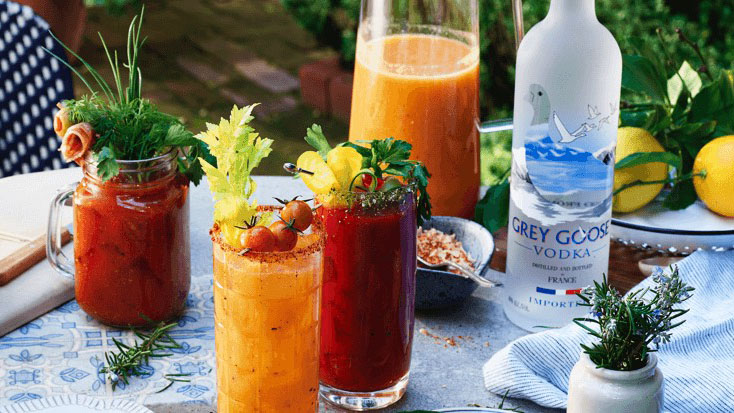
The type of vodka you want to buy will depend on if you are looking to mix the vodka before you drink it, or have it straight and sip it. How vodka is drunk differs from country to country. In Russia, downing vodka is the most popular way to drink the spirit (ice cold, too), in Poland it’s more of a sipping drink. And in the west, vodka is usually enjoyed with a mixture or two.
While it’s usually thought that vodka comes from potatoes, there are more and more vodkas coming out that are distilled using wildly different produce. It is thought that the best vodka you can buy will come from potatoes. In our taste tests, any vodka using potatoes did have a creamier taste and wasn’t as harsh on the palette. Chase Original Potato Vodka proves this, a vodka produced in the UK.
But it’s not really the produce used but the quality of that produce and the mash that’s created from it - so always try and look at a brand’s site to see how their vodka is made. When potatoes aren’t used, then vodka manufacturers have gotten pretty clever at making that all-important creamy taste.
Take Black Cow Vodka, its creamy taste comes from using milk in the fermenting process. Ketel One gets its smooth mouthful feel from using Winter Wheat (and they’ve been producing vodka for over 300 years so have some providence in this). One of the most famous grain vodkas is Smirnoff No. 21, while the likes of Belvedere uses rye - these are best used as mixers, though, as the taste is a little harsher than those vodkas designed to be drunk on their own.
What types of vodka are there?
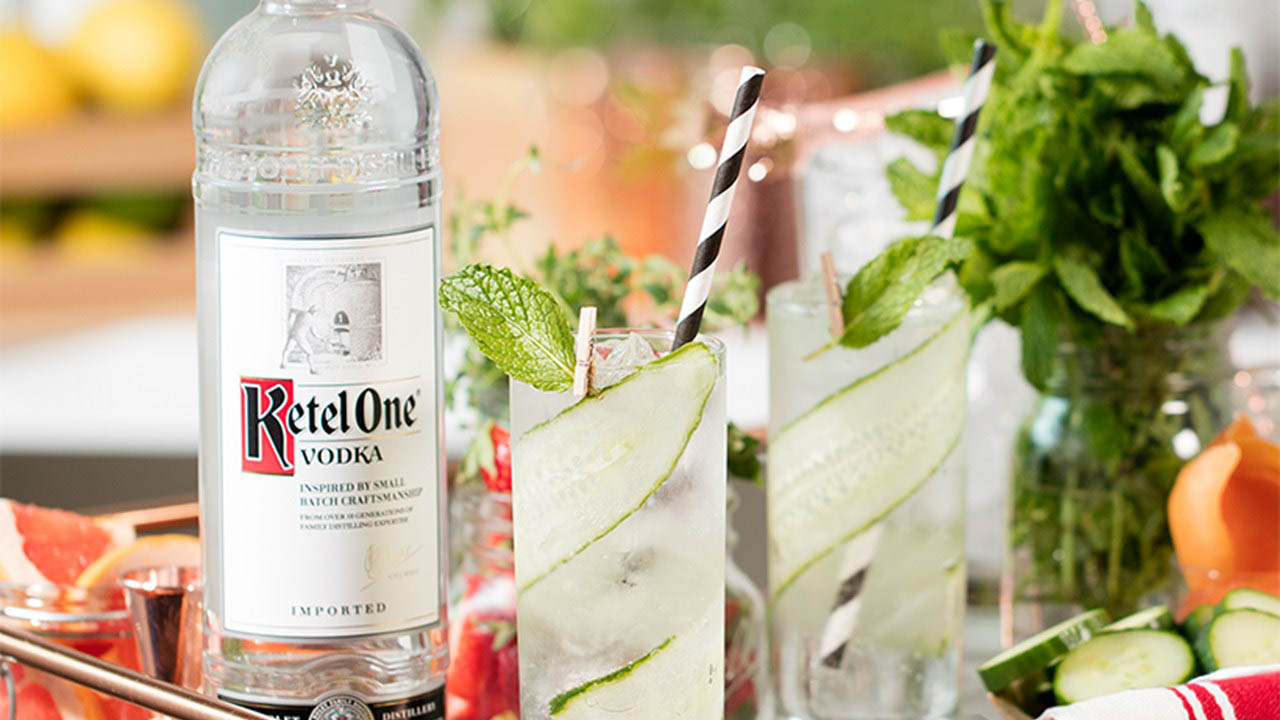
The reason that vodka production is so varied is because there’s no industry standard, so the raw materials used will differ between manufacturers.
A rule of thumb, when it comes to taste is as follows: potato vodka is smoother, wheat vodka is sharper with a bigger burn, rye vodka is spicier and corn vodka is the most neutral of all with little-to-no taste.
Whatever the material used, what will be pushed is the purity of the vodka they are selling. This purity doesn’t come through maturation but things like distilling through charcoal.
SOMETHING MISSING FROM OUR SHORTLIST?
Tell us about it, and if enough people agree we'll add it in.
